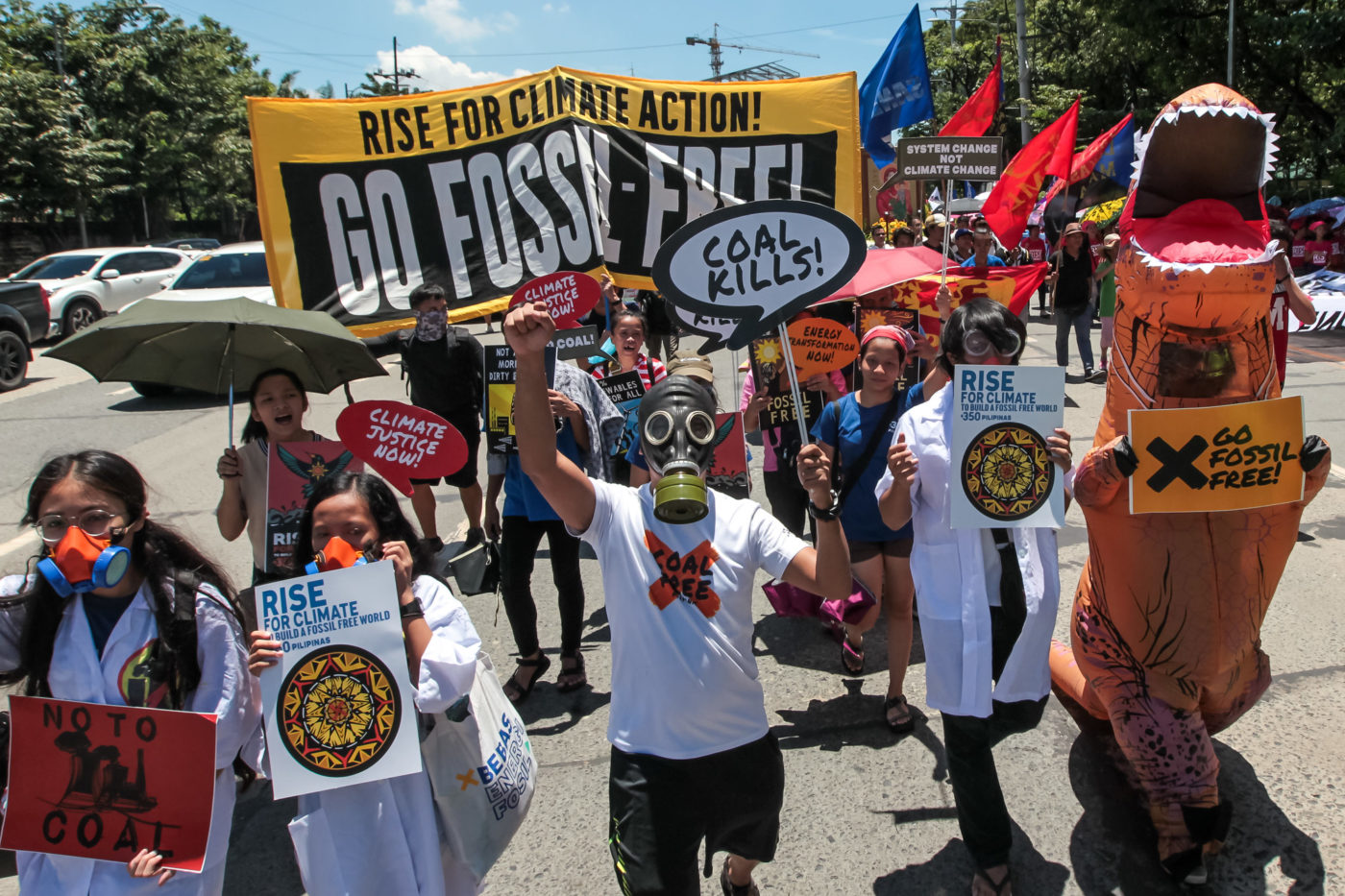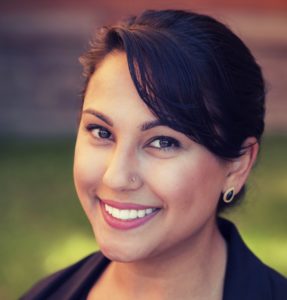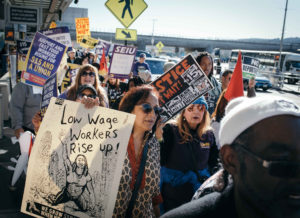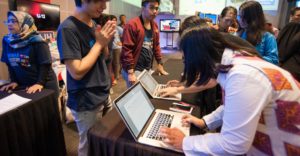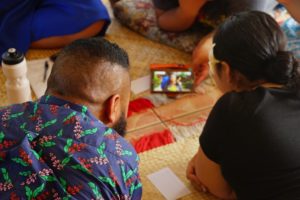350.org was born into the digital age. Founded in 2008, the distributed organisation demonstrated again and again that it was at the cutting edge of using digital to quickly build powerful campaigns and mass mobilisations around the world.
Even so, after a decade of growth 350.org found itself in technical debt, and with a more limited online reach than before. When Hanna Thomas was hired, she led a complete overhaul — new roles, new tools, and new systems.
Mobilisation Lab’s Global Director Michael Silberman recently spoke with Hanna to hear about her experience. Missed the live conversation? Watch the recording and check out some of the key takeaways and resources below.
1. Be “digital critical”
The true focus of the work at 350.org is building lasting, face-to-face relationships with people across the world. In a global organisation working in 26 countries, stories and relationships are what drive success.
Hanna calls the 350.org approach “digital critical.” Everything that happens online serves the purposes of relationship-building and storytelling.
2. Remember, there is no such thing as ‘digital’ anymore
The same way that there is no such thing as ‘offline’ anymore.
The online-to-offline distinction is no longer fit for purpose. Everyone needs some sort of connection. Whether that is live-streaming an event, inputting data into the CRM, or using a follow-up tool, these skills and activities are crucial to the success of any team.
Similarly, people in all roles need access to the information that tells them whether what they are trying is actually working. A lack of digital know-how leads to an inability to access data, poor feedback loops, and gatekeeping information.
Digital can no longer be the responsibility of one team — it must exist across the organisation. For 350.org, this meant increasing the total level of digital fluency: skilling people up and embedding them in different teams to build capacity and break down silos.
3. Build a watertight case for change, by listening first
Seventy percent of complex, large-scale change programs fail. A lack of engagement, inadequate leadership support, poor cross-functional collaboration, and little accountability are common reasons internal change processes don’t reach their stated goals.
As the first ‘digital’ person on the leadership team, Hanna took a nimble approach to organisational transformation. Her overhaul was not a one time thing — at every step of the way she listened, learned, and brought the leadership team along with her to build the transformation into the core of the organisation.
She spent her first few months at 350.org surfacing what was needed for large-scale shifts. She conducted a full-staff survey. She performed 40 one-to-one interviews with key staff. And she interviewed 15 key external stakeholders, including funders, board members, and partners.
By listening and empowering people, she built a watertight case for change. By building her approach into the DNA of 350.org, she set the organisation up to iterate.
4. Get clear on what ‘digital’ actually means
When you think about ‘digital,’ what do you actually mean? Often digital roles are cross-functional — engagement, communications, and media-buying, for example, all share elements of the same work.
In Hanna’s listening process, she uncovered three core needs, and structured her strategy around them. These were:
- A multi-lingual toolset and implementing a powerful centralised CRM;
- Strategy: needing the right people with the right skills at the table from the very beginning; and
- A megaphone: needing the right content to find its audience
The structure most capable of meeting these large scale needs was the Product Team structure, bringing ownership of the digital toolset in house, building more capacity, investing in more training, and developing a lot more expertise.
By the end of this year, 350.org will have 60+ staff with ‘digital’ responsibilities.
How can you apply her approach?
- Remember that every organisation and situation is different
- Build a watertight case for change by listening, learning, and adapting
- Work with all three domains of human systems: hearts and minds, behaviour, and structures
- Get leadership buy-in
- Bring in additional support if you can
- Make one first step (If you can't make transformational shift, then make incremental shifts. Think: what's the one next thing you need to change?)
- Iterate and evolve beyond your first steps
Resources
- Why 350.org doesn’t have a digital department (and your organisation shouldn’t either)
- Digital Teams in 2018: The new landscape of digital engagement
- Build Tank’s Detangling Digital. Hanna worked with them and Forward Action to help design and deliver the transformation
- Social Transformation Project’s Wheel of Change
- The session collective notes written by 54 live participants
Top image: #RiseForClimate in Manila, one of the over 820 actions in 91 countries under the same banner to demonstrate the urgency of the climate crisis. September 2018. Photo by Leo Sabangan / 350.org. CC BY-NC-SA 2.0
